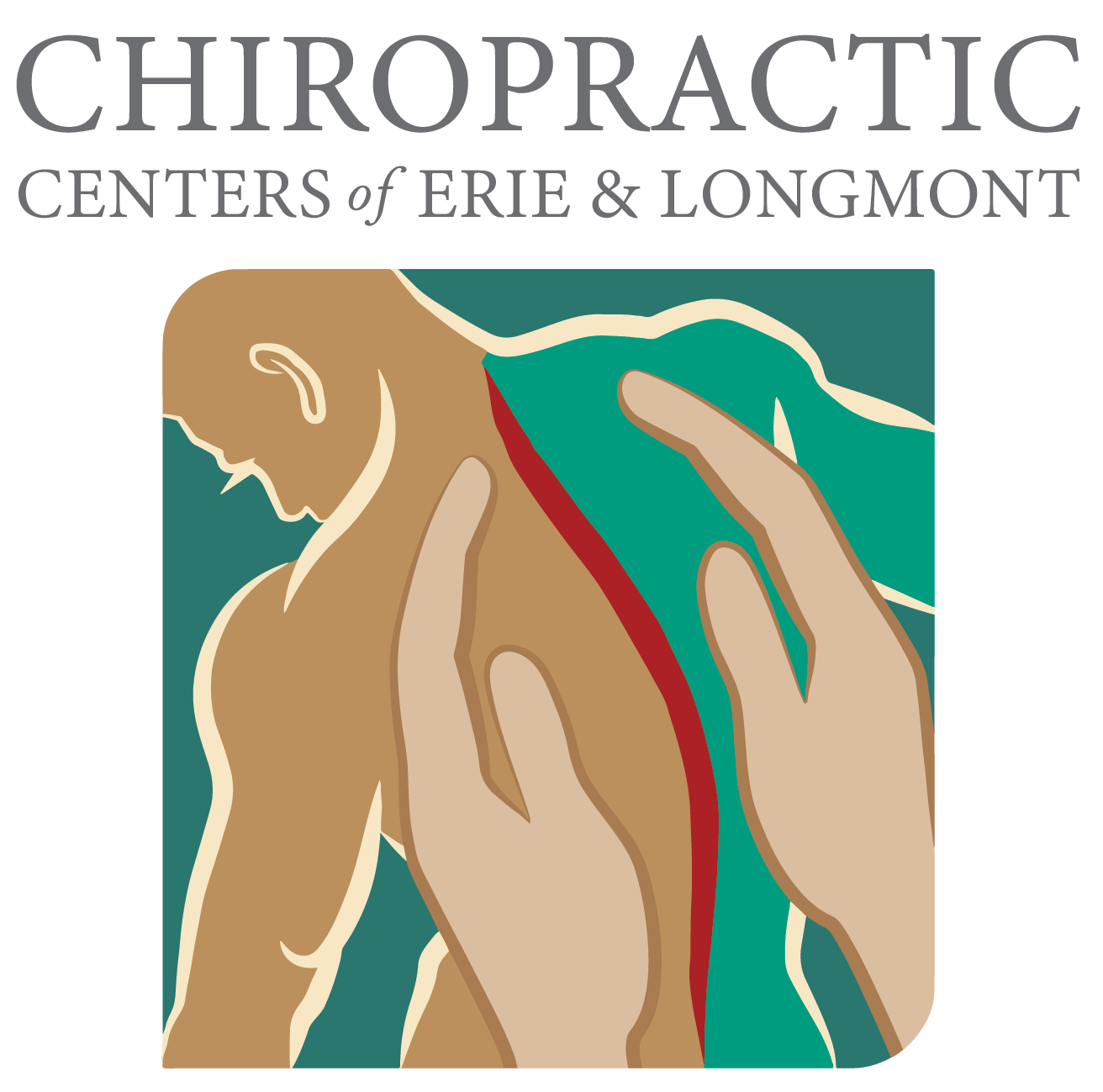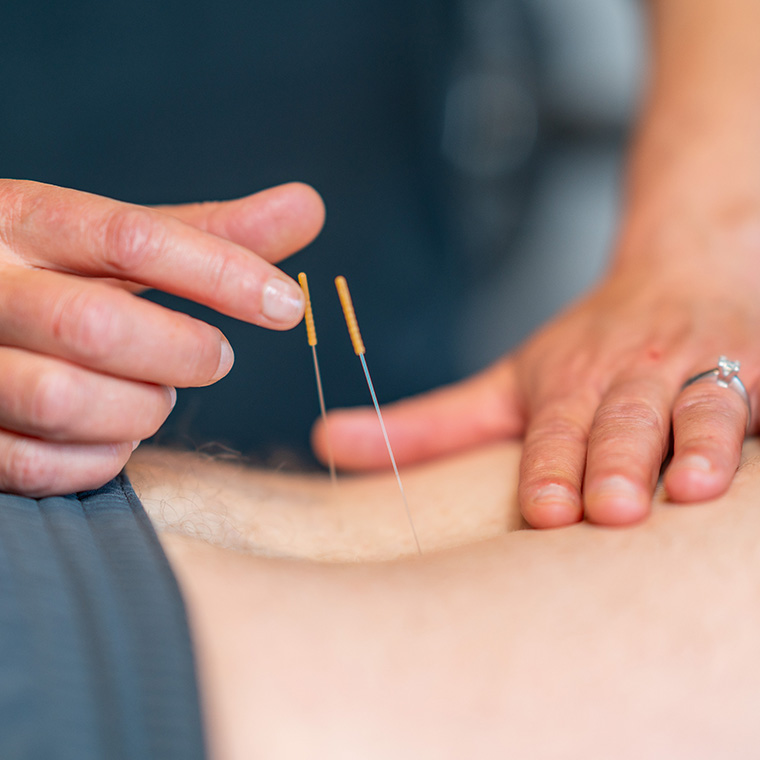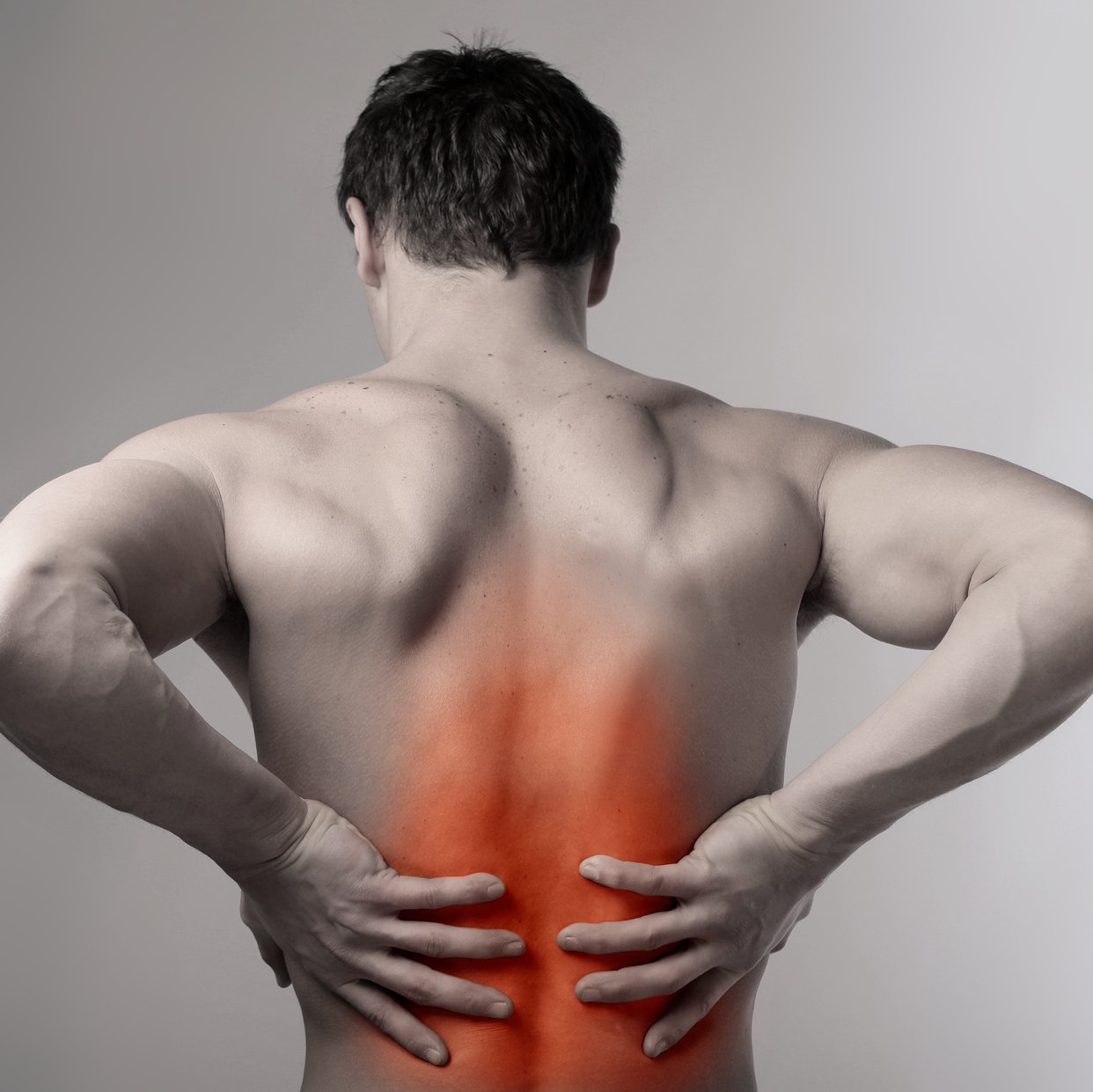Where is Dry Needling Most Commonly Used?
When it comes to health and wellness, there’s no shortage of remedies and treatments to choose from, all with their own unique set of pros and cons. One promising remedy that could just give you the healing results that you need is dry needling. Dry Needling can be compared to a form of acupuncture with a Gray’s Anatomy flare and has seen rising popularity among those looking for relief from their physical ailments.
So, what exactly is dry needling and how does it work? Where is it most commonly used and what are its benefits? If you keep reading, you’ll get an in-depth look into all of that and more. So, without further ado, let’s dive right in and explore the wonder of dry needling.
Quick Summary of Key Points
Dry needling is thought to be most effective in reducing muscular pain, improving range of motion, and promoting relaxation. Additionally, studies have shown that dry needling may reduce inflammation and improve athletic performance.
Dry Needling and Trigger Points
Dry Needling Points and Trigger Points are often referred to as one in the same. This is due to the fact that trigger points tend to be primary targets for dry needling techniques. Trigger points are tender knots of muscle fibers that occur in spasmed muscles when localized twitch responses, also known as motor endplate activation, occur. When these trigger points become active or irritated it can cause pain in other parts of the body that appear to be unrelated at first. Dry needling is a beneficial treatment for these trigger points because it allows the practitioner to deactivate them by quickly inserting thin needles directly into the muscle at the point of tension.
Dry needling is considered both safe and effective and is used by hundreds of thousands of chiropractors and physical therapists each year across the United States. Transitioning from dry needling and trigger points, understanding these trigger points in more depth is critical — which is why we’ll next explore what they are exactly and how they may affect our health.
What are Trigger Points?
Trigger points are a big part of the dry needling technique. They are tiny, hypersensitive spots in the muscles that can cause pain both locally and throughout other parts of the body. Trigger points often have a palpable nodule – a knotted muscle that is felt by touch. In order to treat trigger points, needles are inserted into these sites to provide relief from the pain and myofascial restrictions.
Studies have shown that using therapeutic dry needling on muscle trigger points increases blood flow to help relieve stress and tension in tight muscles. One study shows a decrease of 30-50% in patients’ pain intensity after varying periods of treatment. The results also showed dry needling was effective for fibromyalgia and headaches as well. These findings show that dry needling can be an effective form of treatment for painful conditions caused by trigger points found within muscles.
As we can see, dry needling combined with trigger point treatments present numerous benefits for those who suffer from chronic pain or tension in their muscles but they should always consult with their chiropractor beforehand so they can get specific advice regarding their treatment plan. Now that we understand what trigger points are and how they’re treated with dry needling, let’s take a closer look at where dry needling is most commonly used.
Where is Dry Needling Used?
Dry needling involves the use of acupuncture needles to target trigger points for the purpose of providing therapeutic treatment. But what are the most common areas where dry needling is used? Also, does it provide significant enough pain relief to make it a worthwhile pursuit?
The underlying mechanism of action of dry needling is related to resetting nerve-muscle interactions that have become altered due to injury or repetitive stressors. Research has shown that direct needle stimulation of the muscle spindles and Golgi tendon organs can help restore proprioception or awareness of where you and your body parts are in space, improve range of motion, and reduce pain.
Common Areas to Be Treated
When it comes to the common areas where dry needling is used, research shows that the top three are the shoulder, neck, and lower back. This is likely due in part to the many muscles located in these regions that can become knotted or develop trigger points regularly from overuse or poor posture. However, dry needling isn’t limited to these three areas. Other popularly treated areas include the elbow, hip, knee, and foot.
While digital pressure or massage techniques applied directly onto trigger points within a muscle can be effective for releasing tension and reducing pain in some cases, dry needling can target deeper fibers and muscles that cannot always be effectively treated any other way. Moreover, people often report feeling less soreness after initial treatment and faster overall discomfort reduction with subsequent treatments compared to when only manual forms of soft tissue work are used. Therefore, it is may be worth considering if you are struggling with chronic pain or tension in a particular area not mentioned above.
Altogether it is clear that this method has its place in the recovery toolbox of both professionals and those hoping to increase their mobility and comfort at home as well. Now let’s take a look at what possible benefits this form of treatment provides.
Benefits of Dry Needling
When considering the benefits of dry needling, several advantages become apparent. Dry needling can be a more comfortable and less painful alternative to other treatments, such as injections or surgery. For example, patients with chronic plantar fasciitis may have decreased complications and pain associated with ‘needle fasciotomy,’ which is a form of minor surgery. Additionally, dry needling has been found to be beneficial in treating acute and chronic musculoskeletal injuries due to the release of myofascial trigger points (MTrPs), which are localized tight bands felt in the muscles.
Research has indicated that dry needling can help reduce muscle tension and improve range of motion by helping realign scar tissue. The process stimulates local blood flow, allowing oxygen-rich blood to reach the surrounding muscles, which helps with healing. As a result, pain is reduced and normal movement patterns can resume.
Additionally, dry needling can also stimulate the immune system, aiding in ailments such as lupus or arthritis. Lastly, research conducted on animals suggests this method could also help heal fractures faster than traditional methods because it releases growth factors that promote new bone formation.
Overall, dry needling is quickly becoming known as an effective treatment for musculoskeletal issues due to its relative safety and effectiveness compared to more invasive treatments. Knowing who is qualified to perform this procedure is essential for determining whether it is the right treatment for you.
Lastly, trigger points cause an imbalanced tension in the muscles around joints that can also pull the bones out of alignment. Combining the chiropractic correction of the joint with trigger point therapy is a win-win!
Contact a Chiropractor Today!
If you’re interested in Dry Needling in seeing a chiropractor or getting a chiropractic adjustment, visit us at one of our offices in Erie or Longmont. The Chiropractic Center of Erie and Chiropractic Center of Longmont treat the body holistically with our award-winning treatment process which can include Dry Needling when requested. We have been voted “Best of the West” eleven times and we aim to help your body achieve and maintain optimal performance.
We specialize in treating patients suffering from spinal pain and many other maladies and have helped several patients find relief without the need for surgery. If you’d like to learn more about chiropractic care in Longmont or Erie or have questions about what to expect during your first chiropractor visit in Erie or Longmont, call our offices today at 303-828-3000 or 303-772-1950







